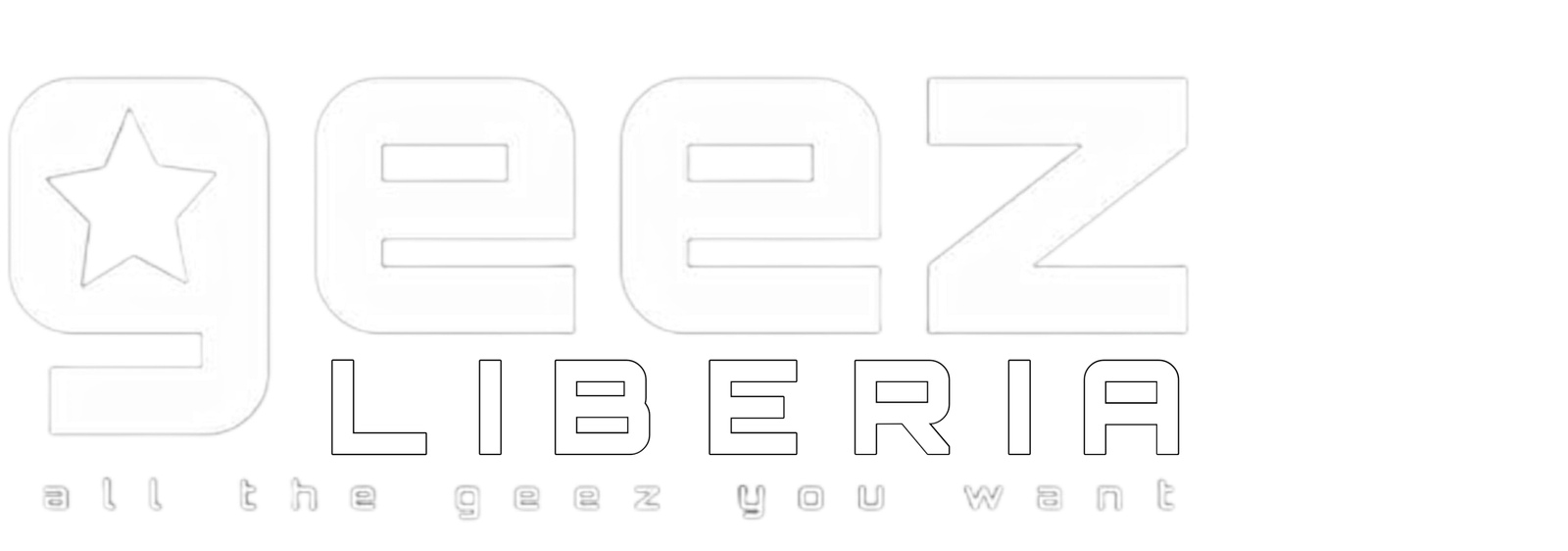As global markets navigate inflation, geopolitical tensions, and evolving monetary policies, several African currencies have demonstrated remarkable resilience. Despite the continent’s diverse economic landscape, ranging from resource-dependent nations to emerging tech hubs, certain currencies have consistently maintained strength against the US dollar, reinforcing their economies in an uncertain financial climate.
A stable currency is crucial for economic growth, attracting foreign investment, and maintaining price stability. Countries with stronger currencies benefit from reduced inflationary pressures and more predictable business environments, fostering long-term development.
According to the Forbes currency calculator, here are the top 10 strongest African currencies as of March 2025, ranked by their exchange rate against the US dollar:
1. Tunisia (Tunisian Dinar – 3.09 TND per US$)
Tunisia retains its position as home to Africa’s strongest currency. The Tunisian dinar’s strength stems from stable economic policies, controlled inflation, and strong trade ties with Europe.
2. Libya (Libyan Dinar – 4.83 LYD per US$)
Despite political challenges in past years, Libya’s vast oil reserves continue to bolster the value of its dinar, making it one of the continent’s most resilient currencies.
3. Morocco (Moroccan Dirham – 9.57 MAD per US$)
Morocco’s strategic trade policies, thriving tourism sector, and industrial growth contribute to the dirham’s stability, reinforcing its position as a top-performing African currency.
4. Botswana (Botswana Pula – 13.62 BWP per US$)
Botswana’s well-managed economy, backed by diamond wealth and prudent fiscal policies, ensures that the pula remains one of Africa’s strongest and most stable currencies.
5. Seychelles (Seychellois Rupee – 14.37 SCR per US$)
With a thriving tourism industry, fisheries, and a regulated offshore financial sector, Seychelles maintains a strong rupee, supported by a resilient and diversified economy.
6. Eritrea (Eritrean Nakfa – 15.00 ERN per US$)
Despite economic challenges, Eritrea’s tight foreign exchange controls have kept the nakfa relatively strong compared to other regional currencies.
7. Ghana (Ghanaian Cedi – 15.49 GHS per US$)
Though the cedi has experienced fluctuations, Ghana’s robust cocoa exports, gold reserves, and oil production help sustain its position among Africa’s top currencies.
8. Lesotho (Lesotho Loti – 18.15 LSL per US$)
Pegged to the South African rand, the loti benefits from Lesotho’s trade ties with its larger neighbor, ensuring stability in its valuation.
9. Namibia (Namibian Dollar – 18.15 NAD per US$)
Like Lesotho, Namibia’s currency is pegged to the rand, supported by a strong mining sector and growing tourism industry.
10. South Africa (South African Rand – 18.15 ZAR per US$)

As one of Africa’s most advanced economies, South Africa’s rand remains a key regional currency, backed by mining, manufacturing, and a well-developed financial sector.
A strong and stable currency helps curb inflation, reduces exchange rate volatility, and creates a more predictable environment for businesses and investors. For African nations, maintaining currency stability is vital for economic resilience, trade competitiveness, and sustainable growth.
As global economic conditions evolve, these currencies highlight the importance of sound monetary policies, diversified economies, and strategic trade partnerships in sustaining financial strength.




